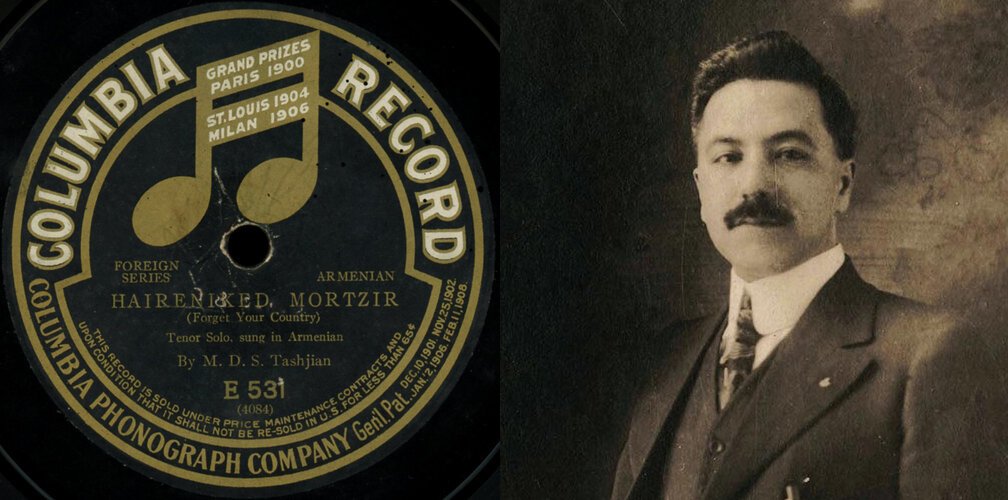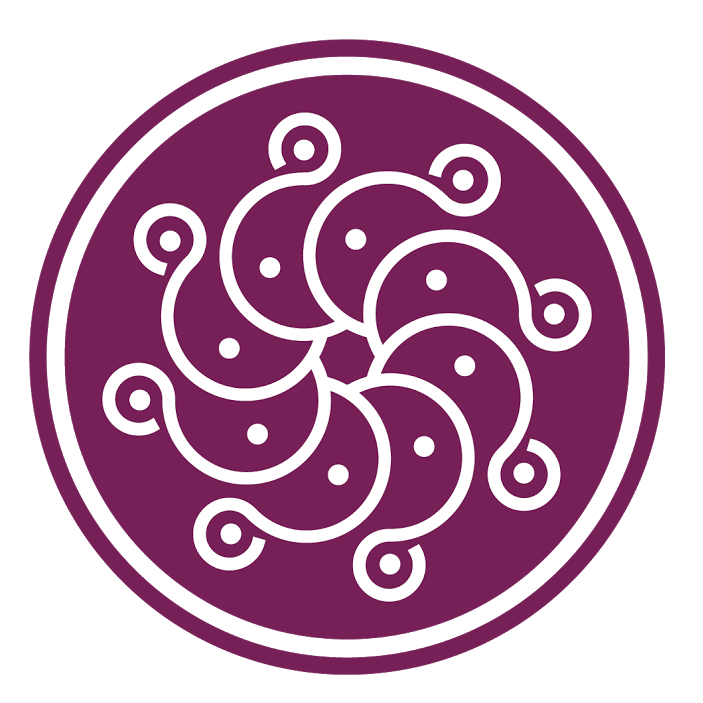
WATERTOWN, Mass.—The Armenian Museum of America has launched its fourth online program called the Sound Archive, which is featured on its website and social media pages every month. The debut offering presents the full catalog of Mardiros Der Sarkis Tashjian and his brothers for the first time and is considered to be the earliest known Armenian sound recordings produced in the United States in the early 20th century.
To kick off the launch of the Sound Archive, the Armenian Museum is hosting its first-ever webinar with music researcher and collector Harout Arakelian on Thursday, April 1 at 7:30 pm EST (4:30 pm PST). This online Zoom event is free. Registration is required.
The content of the Sound Archive is supplemented with vintage images from the Project SAVE Armenian Photograph Archives. Their archivists have worked closely with volunteers from the Armenian Museum to create this original multimedia content.
“The music collection of the Armenian Museum is extensive, comprising more than 3,000 records donated by members over the past 50 years,” notes Armenian Museum of America executive director Jason Sohigian. “Volunteer Jesse Kenas-Collins has been digitizing and cleaning up the sound on these old recordings, some of which date back to the beginning of Armenian music in America. We are excited to preview this work online in an event with Harout Arakelian.”
Arakelian worked with Kenas-Collins, Harry Kezelian and other researchers to document the stories behind some of these recordings. The Museum has been posting these online, starting with the Tashjian Brothers. Arakelian will present some of this material during the webinar, including songs that have been restored. Some of the artists will include the Tashjian Brothers, Karekin Proodian, Armenag Shah-Mouradian, Torcom Bezazian and Nevart Dzeron Koshkarian.
“Harout has done similar events live at Abril Bookstore in Glendale,” adds Sohigian, “and these were hugely popular. So we are excited to host this public event on Zoom. We are sure it will be of interest for our members, fans of Armenian music and collectors who have taken a renewed interest in these early recordings that were being lost to time.”
“This introduction to the first Armenian recordings in America will highlight music in the Armenian Museum’s holdings, and I will use the Tashjian story as the vehicle to discuss other musicians and recordings of the 1910s,” explains Arakelian. “All audio files to be played will be from the Armenian Museum of America’s archive, and we will explore these long-forgotten tunes and hear stories about the creators of culture.”
Like most cultural institutions, the Armenian Museum quickly made the shift to virtual programming such as this over the past year. While galleries had to remain closed during the COVID-19 pandemic, members and families began participating in online events.
These programs have been growing at the Armenian Museum and now include an Online Concert Series sponsored by the Dadourian Foundation and a monthly Virtual Exhibition highlighting objects from its collection. In addition to the new Sound Archive, the Museum has been featuring weekly “Show and Tell” sessions with curator Gary Lind-Sinanian, where he shares informative and often amusing stories about objects in the collection. This popular video series is sponsored by Michele Kolligian, president of the Museum’s Board of Trustees.
“Since we have not been able to open the Museum galleries to the public, or present live events such as lectures, book talks and concerts, our team has done a wonderful job curating virtual offerings to keep people connected during the time the Museum has been closed,” concludes Sohigian. “While we look forward to reopening in the second half of the year, we will continue posting online content so our members across the country and internationally can remain engaged and enjoy learning about our vast collection, and beyond.”



Be the first to comment